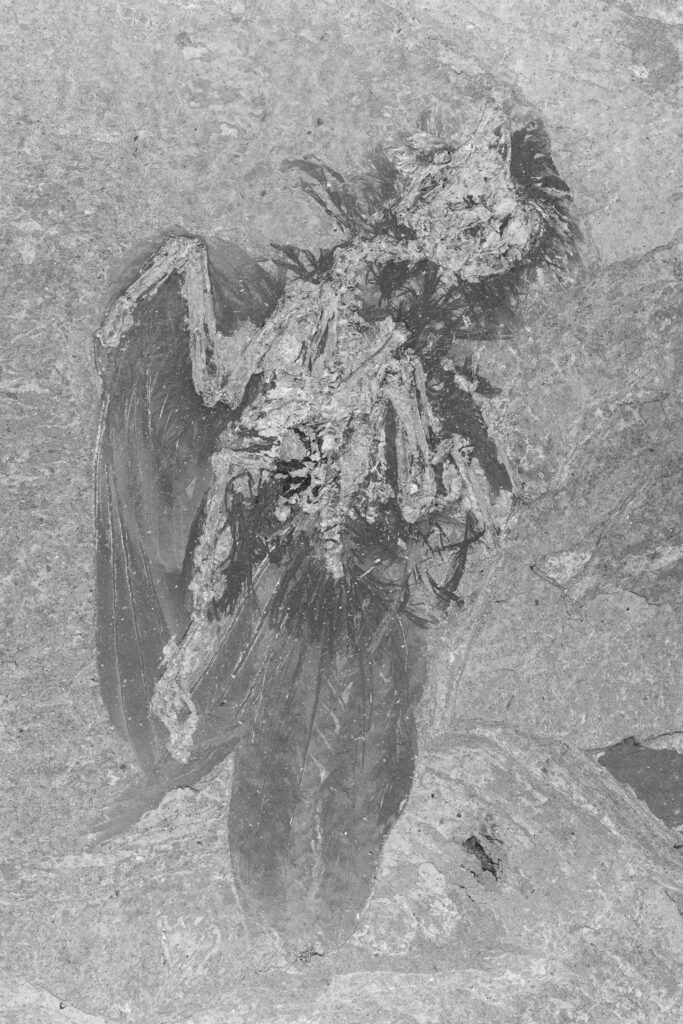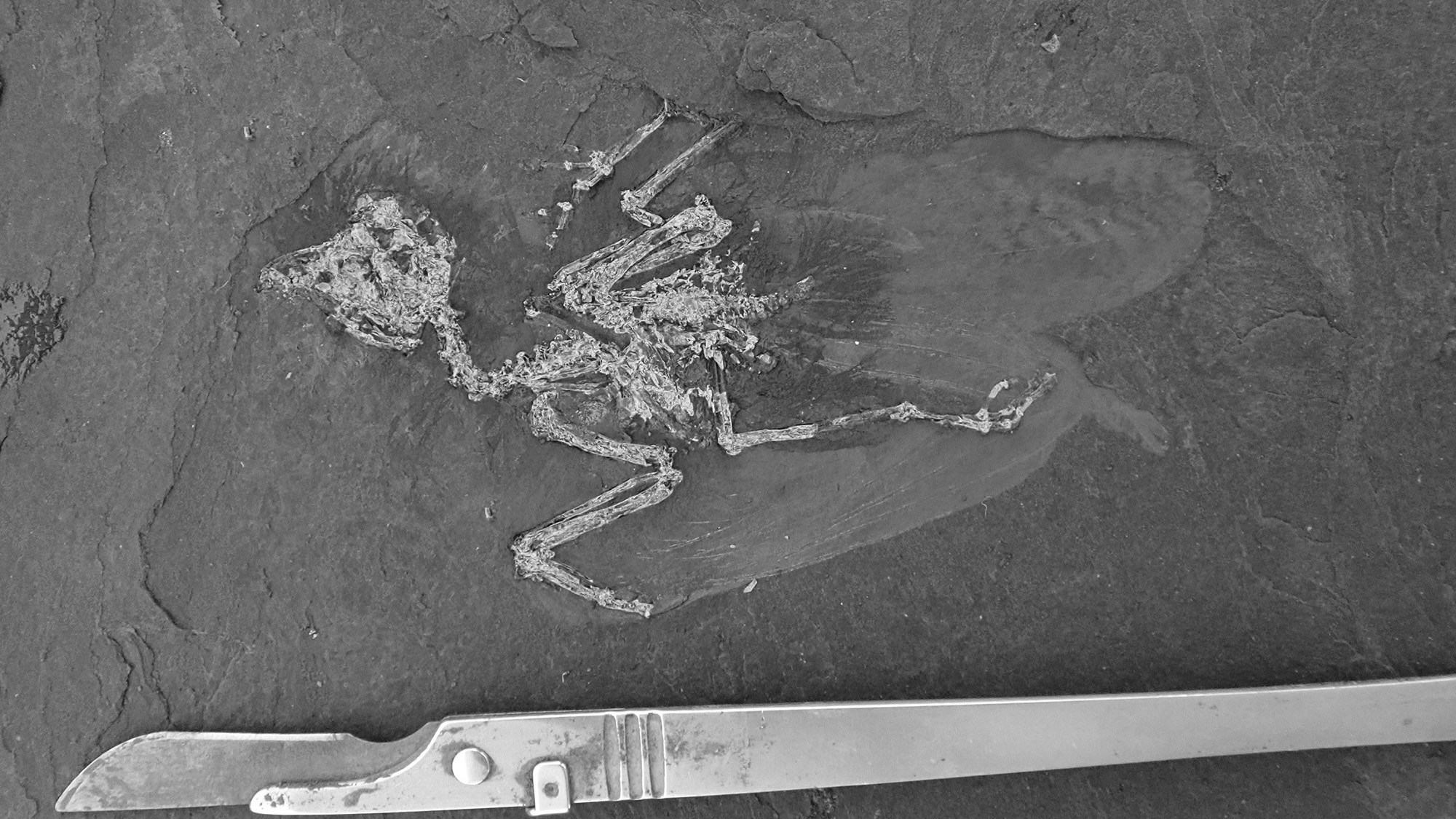A well-preserved fossil of an unknown bird species which resembles the great tit has been uncovered at an UNESCO World Heritage site by German archaeologists.
The well-conserved fossil of a previously unknown bird species was excavated from the oil shale layers at the quarry Messel Pit near the village of Messel about 35 km (22 mi) southeast of the German city of Frankfurt am Main.
The Messel Pit, which is a hotspot for scientific discoveries, was declared a UNESCO World Heritage site on 9th December 1995.
According to scientist, the newly found bird species was as big as the commonly known great tit (Parus major), had a banded tail, and a compact and short beak.

The archaeological team of the Senckenberg Nature Research Society reported that a total of 500 finds have been made in the first half of the excavation season, including a large number of plants, insects and fish.
Senckenberg Nature Research Society and Nature Museum Ornithologist Dr Gerald Mayr explained that over 70 species and many hundreds of individual finds have already been recovered from rock layers, which according to him are around 48 million years old.
He added: “The new, exceptionally well-reserved find of the so-far unknown bird species shows that we are still far from having fully recorded the biodiversity of Messel’s bird world.”
Excavation Team Leader Dr Sonja Wedmann from the Senckenberg Research station Grube Messel, who discovered the great tit-sized bird fossil, said: “We are happy about each of the approximately 500 documented fossil finds of this year’s excavation, but the bird is a real highlight, in addition to some isolated bone scales of a small crocodile, a beautiful flower and an unusually completely-preserved dragonfly!”
Mayr explained: “It is still too early for a final classification of the fossil. It seems certain, however, that the species is not yet known in the Messel Pit.
According to the scientist, the banding of the bird’s relatively long and broad tail is due to a dark pigment called melanin.
Mayr said the beak seemed to be ‘raptor-like’, however the shape of its feet and claws contradicts the assumption that the species was a small bird of prey.
Mayr added: “It is more likely that the bird ate fruit and insects. However, more details can only be given after the final preparation is finished.”

Aside from the newly discovered bird species, other extraordinary fossils have also been found at the excavation site in recent years, such as a primeval horse and a rodent of the genus Ailuravus which resembles a giant squirrel.
The Senckenberg team will continue excavations in August and September at the ‘F9 excavation site’ northwest of the Messel Pit.
To find out more about the author, editor or agency that supplied this story – please click below.
Story By: Georgina Jadikovska, Sub-Editor: James King, Agency: Newsflash
The Ananova page is created by and dedicated to professional, independent freelance journalists. It is a place for us to showcase our work. When our news is sold to our media partners, we will include the link here.




